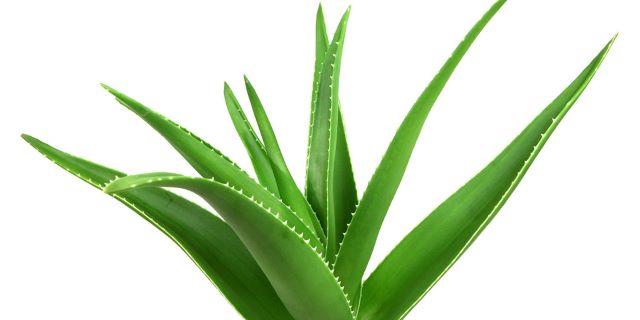
Aloe vera has been used for years to treat skin ailments, promote digestive health, and heal wounds. Researchers from the University of Texas Rio Grande Valley (UTRGV) School of Integrative Biological and Chemical Sciences recently returned to the headlines after presenting their breakthrough use of aloe peels at an American Chemical Society conference.
The UTRGV research team led by Dr. Debasish Bandyopadhyay, the project’s principal investigator, discovered a way to turn discarded aloe vera peels into a natural, eco-friendly insecticide.
Their work, supported by graduate and undergraduate students, has drawn global attention for its potential to reduce agricultural waste while offering farmers a sustainable pest control alternative.
The U.S. Department of Education Supporting Effective Educator Development (SEED) Grant Program works to increase the number of highly effective educators by supporting the implementation of evidence-based practices that develop or enhance educators’ skills.
The SEED program also encourages using rigorous evidence to implement interventions that support educators’ career development.
The U.S. Department of Agriculture’s National Institute of Food and Agriculture provides leadership and funding for programs that advance agriculture-related sciences.
Funding from these federal programs and the Robert A. Welch Foundation came together for good at the University of Texas Rio Grande Valley.
Bandyopadhyay first became interested in using aloe rinds as an insecticide when he and a colleague visited an aloe vera production center. He asked the company’s CEO if he could take some rinds home.
Bandyopadhyay set out to explore the possibility of recycling the peels to develop a natural pesticide that could help farmers in areas where insects can be a significant threat, such as the tropical and subtropical areas of the Americas.
Now that the insecticidal compounds in the aloe peels have been identified, the researchers will test how well they work in real-world fields.
Additionally, Bandyopadhyay is working with colleagues to explore whether these compounds have anti-mosquito and anti-tick properties, potentially leading to developing a repellant for consumer use.
“As a STEM student, I think that it is essential to learn these new research methods that we learn here in the lab,” Lauren Sanchez told UTRGV.
Sanchez is currently working on synthesizing an anticancer beta-lactam compound. Although her project is separate from the aloe vera research, she appreciates the collaborative environment.
Undergraduate student Alfredo Landeros, a chemistry major at UTRGV, also contributed significantly to the research.
“We deal with natural products here,” Landeros said. “Throughout history, humans have always used natural remedies for medicine. We find out what compounds were used in the past and bring it down to real science, which we’re doing here. I think it’s great.”
The U.S. Army Corps of Engineers has been tasked with…
Brown and Caldwell, a leading environmental engineering and construction firm,…
Humboldt State University, one of four campuses within the California…